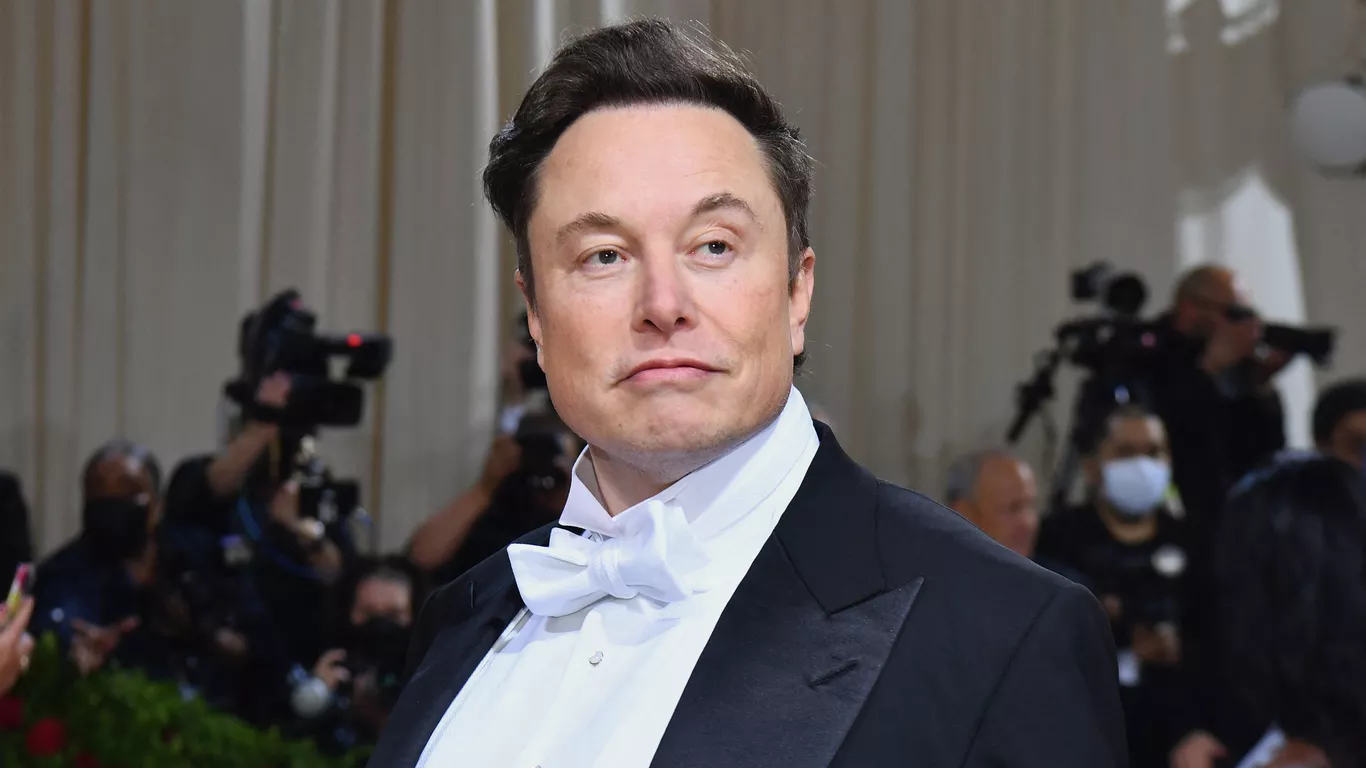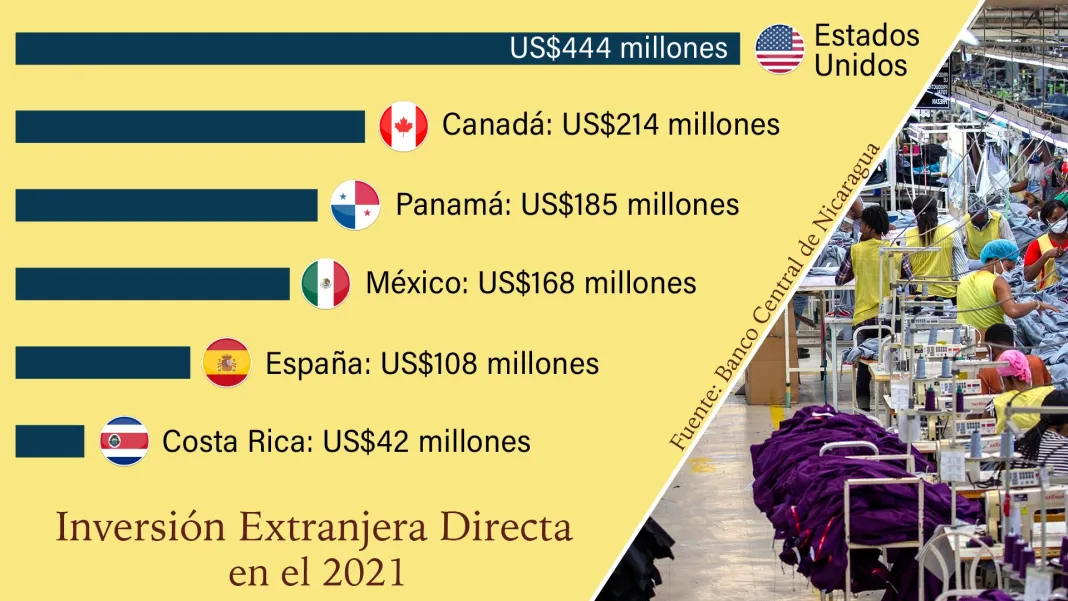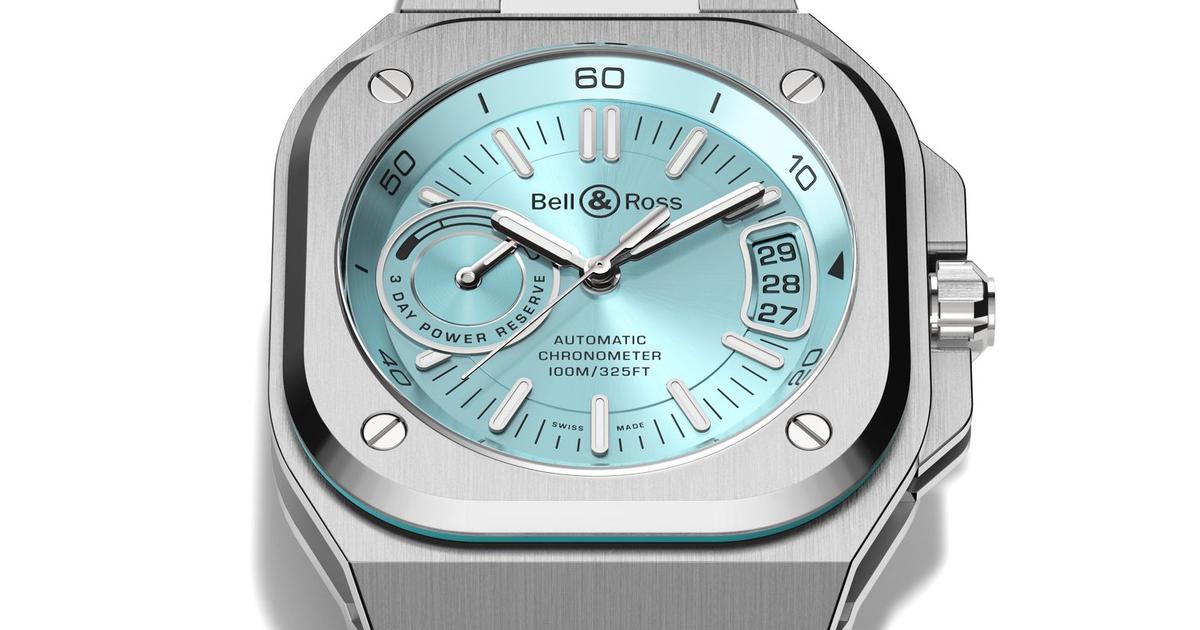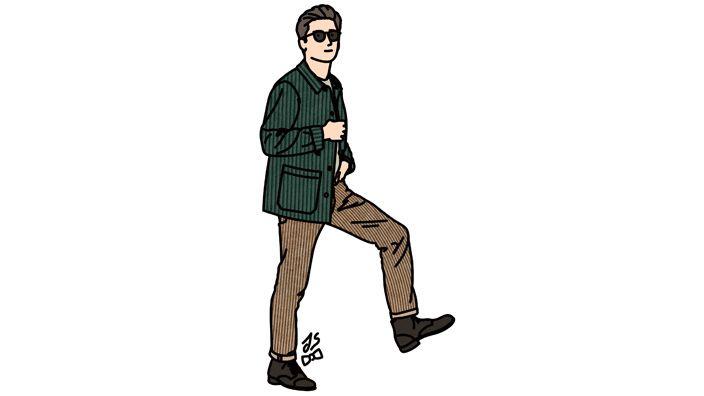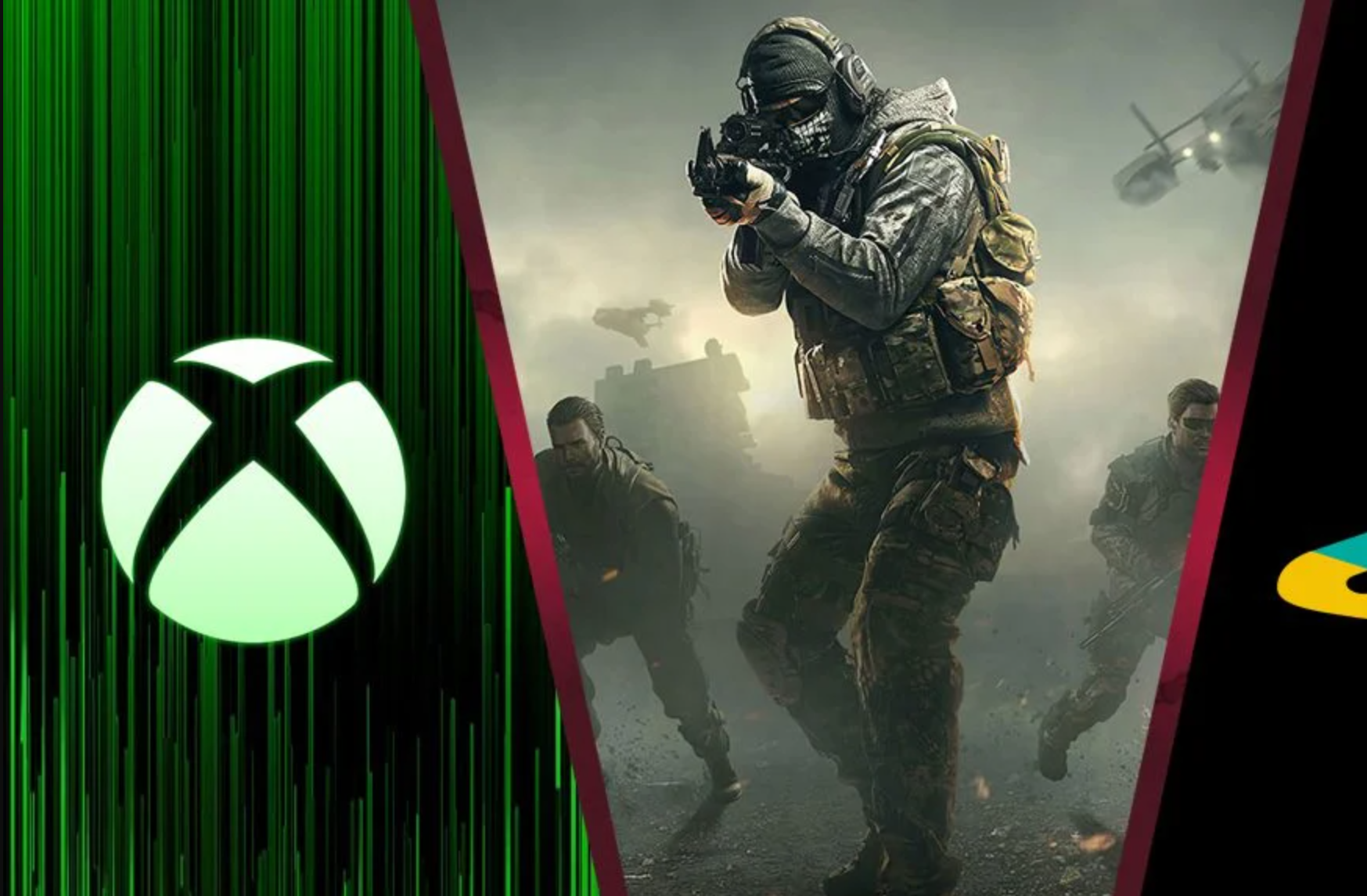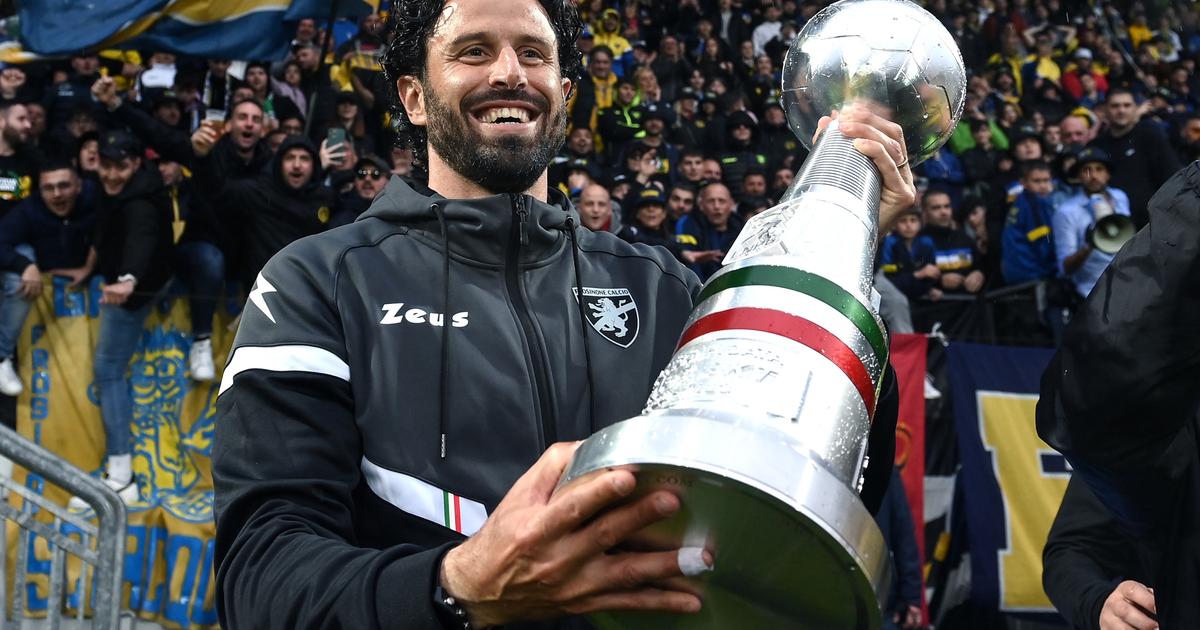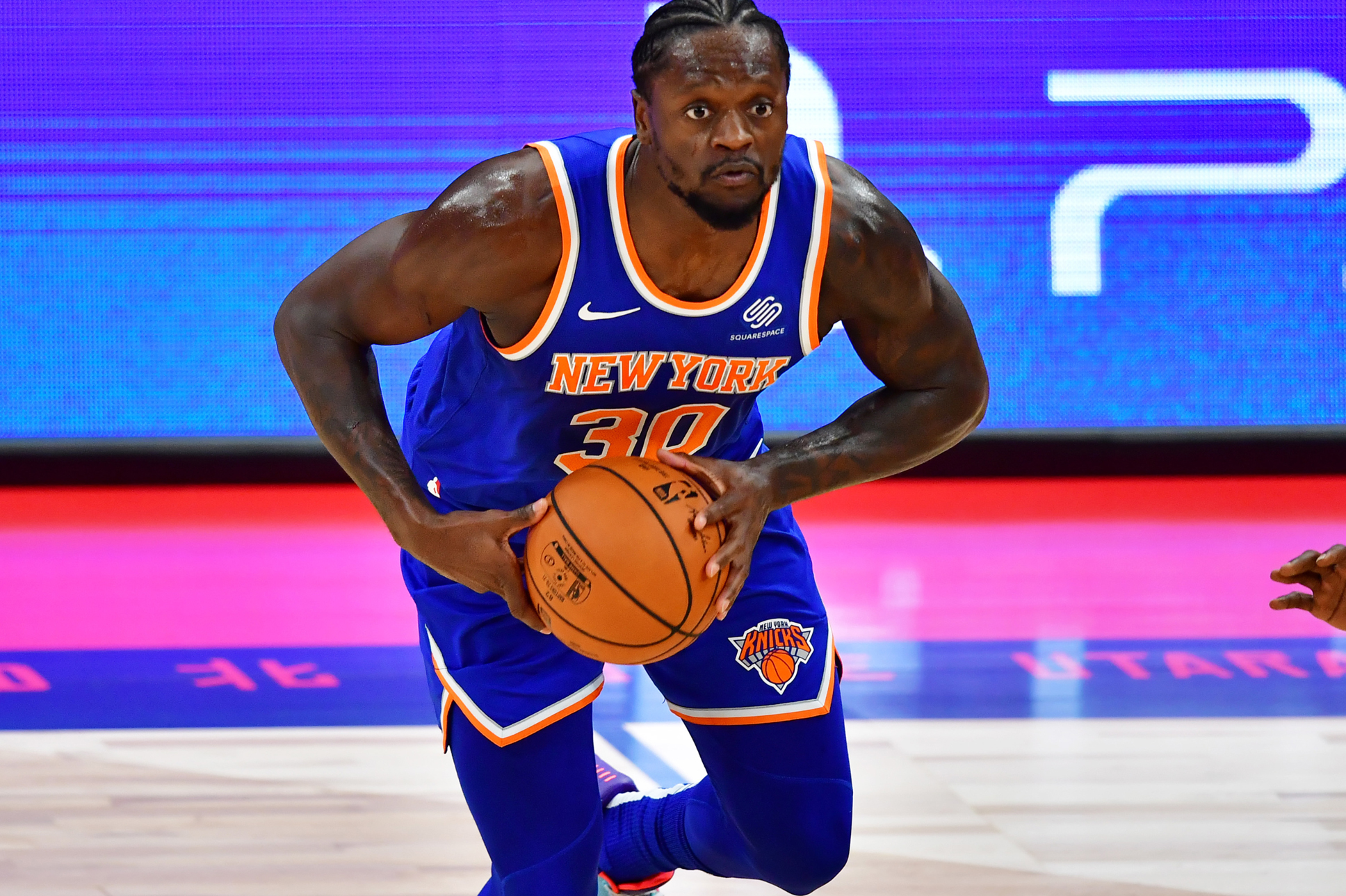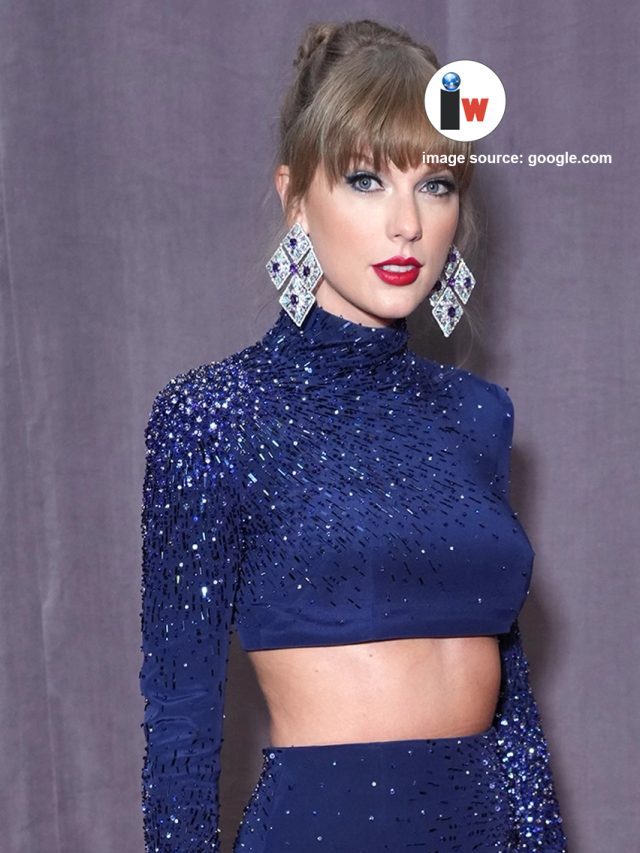The John Wick movies with even numbers have never really impressed us, but John Wick: Chapter 2 was a stunning tour de force that took the series to a whole new level of action movies. This is what I’ve seen happen in the John Wick series, and it reminds me of something that happens in the Star Trek series. I’m very happy to say that the odd-even rule is still being followed to the letter. John Wick: Chapter 4 is a two-hour-and-49-minute monster of a movie that moves the story forward from Chapter 3, which was mostly just spinning its wheels. It does this by giving us more amazing action, a bigger dose of humour, and even some moments of reflection and character development that may slow the movie down a bit but are ultimately satisfying. The movie John Wick: Chapter 4 is a huge two hours and 49 minutes long.
The movie, which was once again directed by Chad Stahelski and stars Keanu Reeves as the title assassin/avenging angel of death, also brings John’s story to a possible end, though it leaves just enough room for more adventures. The movie stars Keanu Reeves. But first, there’s the story to get through. It starts with the bounty on John’s head going up because the High Table, which is like the Illuminati of crime organisations around the world, still wants him dead for breaking their rules and trying to get away from their control. The story then moves on to the next part, which starts with the bounty on John’s head going up as he tries to get away from them.
John, on the other hand, is almost at his breaking point. After a short training session and the return of underground crime boss The Bowery King, who gave John a new suit, John takes the fight to the High Table in a shocking way (Laurence Fishburne). This sets off a series of events that not only keep him in the sights of the government, which we haven’t seen yet, but also put New York Continental manager Winston (Ian McShane) and his loyal butler Charon in danger (Lance Reddick).
The Marquis de Gramont is in charge of the latest attack by The High Table against John and his few remaining allies (Bill Skarsgard, channelling some of the mirthful, dead-eyed malevolence that made him so effective as Pennywise in It). Even though the Marquis de Gramont has a lot of money and an army of killers at his disposal, he sends two more dangerous enemies to find John. Caine (Donnie Yen), an old friend of John’s who has been forced back into the High Table’s service because of threats to his daughter, and The Tracker (Shamier Anderson), a fringe assassin whose old-fashioned methods and dog companion belie a laser-like focus on getting the bounty. The Tracker’s old-fashioned methods and dog friend hide a laser-like focus on getting the reward.
Once the game is in full swing, the movie takes John to places like Jordan, Berlin, Osaka, and Paris. Up until this point, most of the story has taken place in New York City. The second of these places has three jaw-dropping fight/chase scenes that are just as interesting for how funny they are as for how well they are choreographed. Even with everything else, Stahelski’s ability to plan the action in new and interesting ways remains.
This time around, the manager of the Osaka Continental, Shimazu, is played by Hiroyuki Sanada, a famous Japanese actor and master of martial arts. Shimazu is another old friend of John’s. Akira, Shimazu’s daughter and butler, is played by Rina Sawayama. Killa, a huge and grotesque German gangster with a grudge against John, is played by a man who looks nothing like Scott Adkins. Clancy Brown, who is best known for playing Andy Dufresne in The Shawshank Redemption, also shows up as the Harbinger, a member of the High Table who gives orders that make the story go in unexpected directions.
The rest of the cast does a good job, but Donnie Yen really stands out. Donnie Yen is the one who really stands out. McShane is always cynical, Skarsgard is deliciously nasty, Brown is ominous and authoritative, and Adkins definitely takes his whole part of the movie. Caine is one of the more interesting John Wick characters, even though it’s a little strange to see Donnie Yen play a blind warrior type again so soon after his big role in Rogue One: A Star Wars Story, which came out seven (!) years ago.
Caine is clearly torn about his job. He shows both deep sadness about the way his life has turned out and a fierce determination to protect the people he loves. Caine is clearly torn between the two sides of the conflict. He is tired of the world and slow to act, but he has a natural poise and grace. Yen does a great job, giving Caine a depth and nuance that reminds me of Tony Leung’s underrated performance as Xu Wenwu in Shang-Chi and the Legend of the Ten Rings. Leung’s work in Shang-Chi and the Legend of the Ten Rings comes to mind when I watch Yen’s performance.
Yen takes his job seriously, and Sanada, who is also a veteran, does the same. Sanada’s long and successful career has put him in a place where just being there is a plus. Sanada and Yen both bring a seriousness to their roles that is matched by Yen’s physical skills. As for their leading man, Reeves may not have as much range and depth as these legendary actors, but it seems like he’s always trying to get better, and the script gives him a lot of chances to do so. Reeves may not have as much range and depth as these legendary actors, even after a long career of his own.
As was already said, John Wick: Chapter 4 is by far the longest movie in the series. This extra time is both a problem and a chance. It’s both a problem and an opportunity. It’s a problem because it tends to slow down what has been a consistently fast-paced saga, but it’s also an opportunity because it gives the characters and filmmakers (and us) a chance to stop, catch their breath, and add more depth to a universe that is already strangely rich. John Wick: Chapter 4
But the three things that make the John Wick series so interesting are all there: the surreal world of John, the Continental, and the High Table, which exists in the shadows of ours and never explains itself too much; the sly humour that runs through the film, which shows that the filmmakers are aware of how far they take this heightened reality; and the action/fight scenes that are the series’ specialty. The people in the John Wick movies
It’s true that John, his allies, and his enemies are just one level below superheroes these days (he’s been wearing Kevlar suits since the second movie), and it takes a lot to stop them. This is shown best in a scene in which John tries hard to climb hundreds of steps to get to a plaza but falls down instead. This scene is really funny. This scene and a thrilling set piece at the Arc de Triomphe traffic circle in Paris, where a huge number of fighters weave in, out, over, and under a constant onslaught of oncoming cars, have a very over-the-top tone that reminds me of Tex Avery and Sam Raimi movies (play a little game during the traffic circle sequence and count just how many times John collides with a car).
On the other hand, in a different scenario, Stahelski watches John and his enemies fight their way through a complicated Paris apartment from above. This scene is amazing because of how well the chaos is put together, and it has a gun that shoots burning bullets.
Moments like these, along with the highly stylized sets, costumes, and performances, are what keep the John Wick franchise alive and interesting. With this chapter, Stahelski, Reeves, and the rest of the team have not only earned the right to make things a little longer, but they also give the story a natural, almost personal ending. These kinds of things keep the John Wick series alive and interesting. Stay until the end credits for a possible clue, but how you choose to interpret the ending and where things go from here will remain a mystery for now, just like John and the world he lives in, which is just on the edge of reality. But you should make sure to see the whole list of people who worked on the movie.











